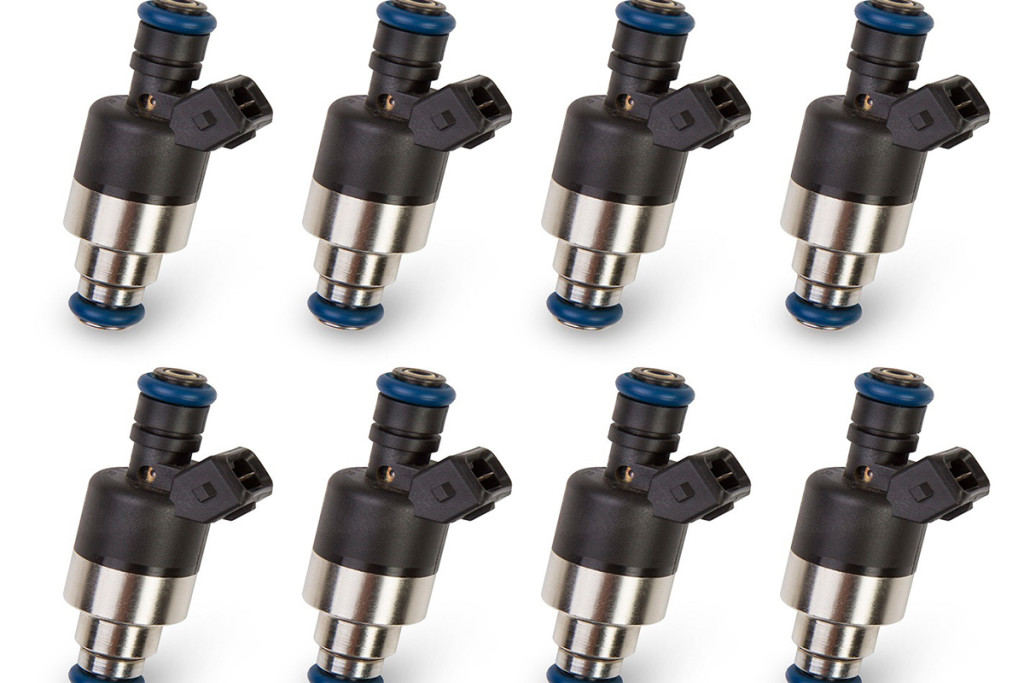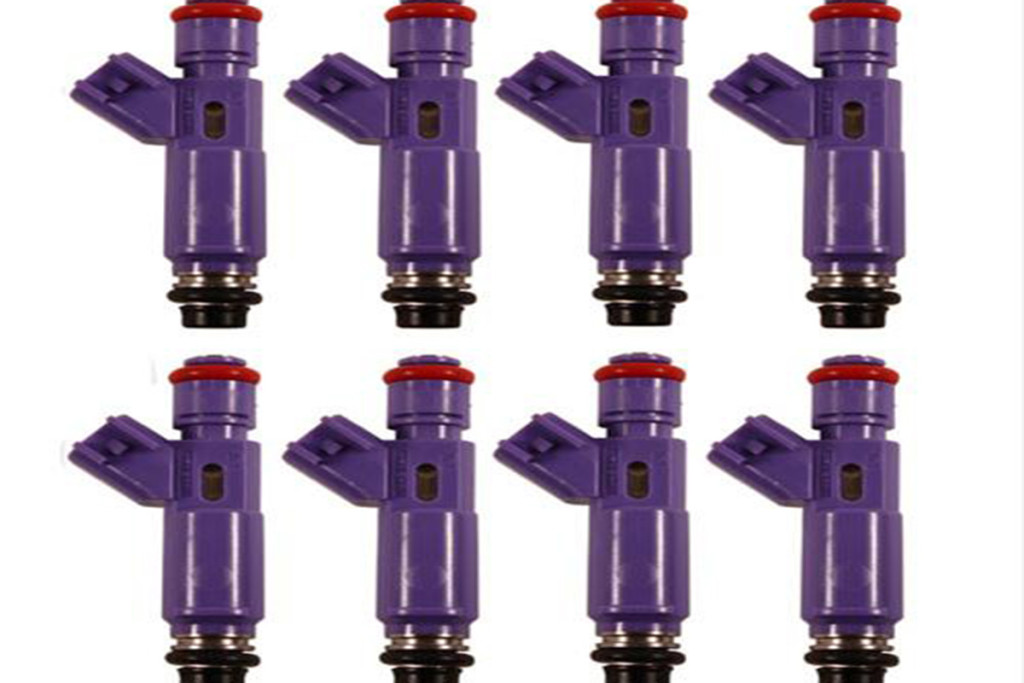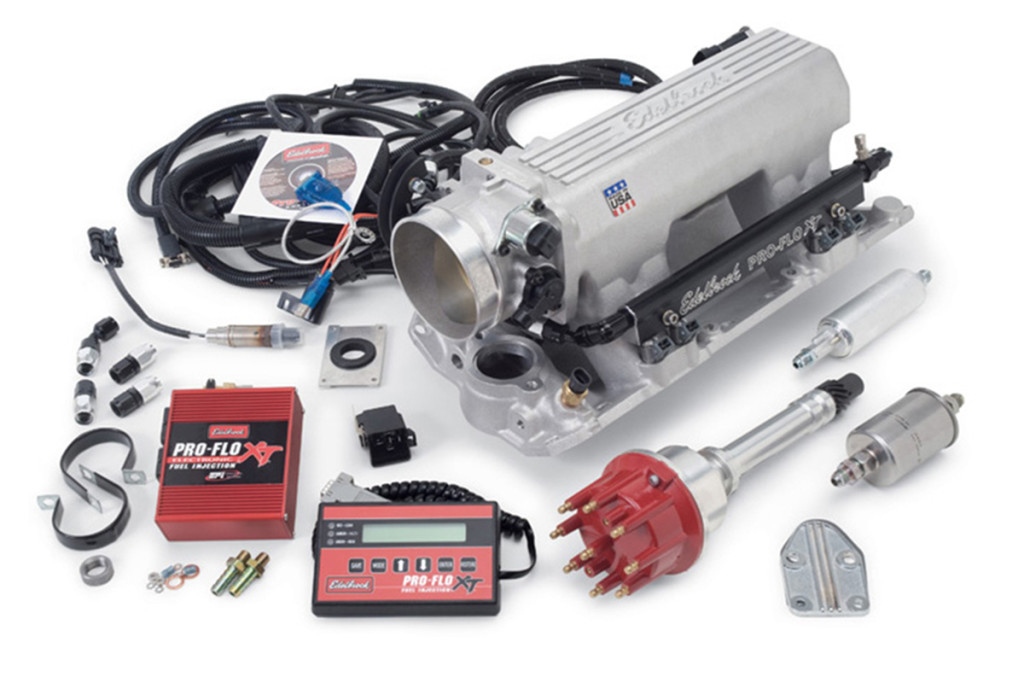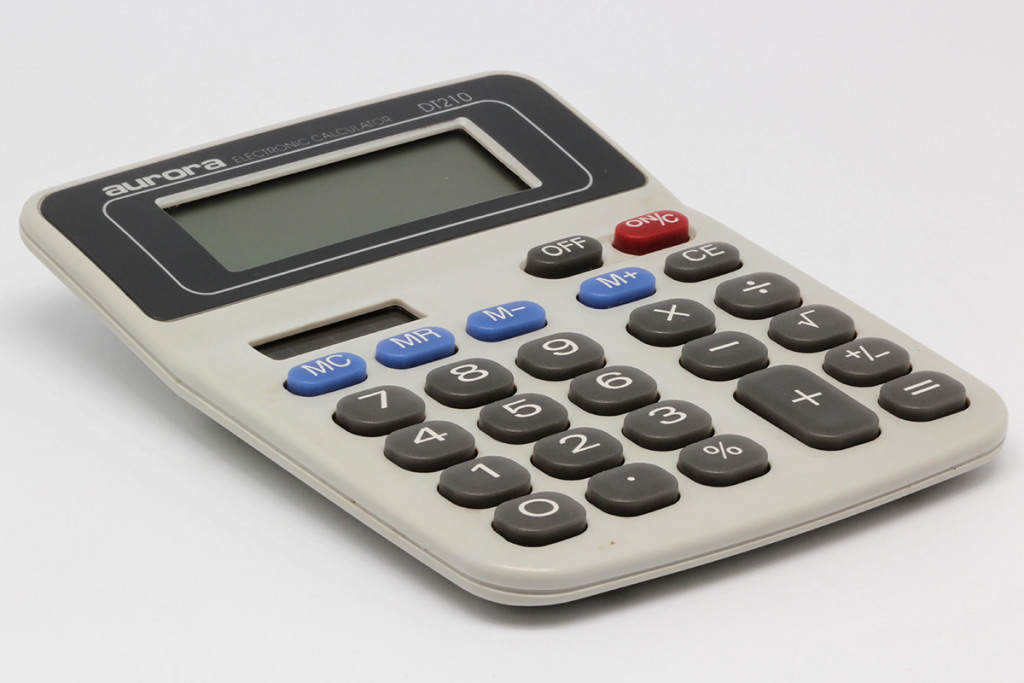

If I had a dollar for every time I’ve spoken with someone that was having performance issues with their hot rod or strip burner due to an issue concerning the amount of fuel their engine was receiving, I’d be a wealthy man today. You can spend all the money you want putting together an earth-pounding motor for your strip burner, but if you don’t put in the time and effort to figure out your fuel needs beforehand, you’ll be wasting that money. We’ll help you figure out how much fuel your engine should be getting and how to accomplish that.
Getting fuel delivery just right is something akin to spark timing before the days of the distributorless ignition system (DIS). You’ve got a little leeway, but if you’re not within a few degrees, you won’t be generating optimal horsepower. Also, just like improper timing, you can be doing serious damage to your engine. What we have to remember is that fuel injectors don’t make horsepower; they support the making of horsepower. This means they have to be the right size to deliver the amount of fuel the engine needs to make that much horsepower.
A Word about Duty Cycle and Dwell Before We Begin
I’m going to be using the term duty cycle quite a bit in this article. I’m also going to be using the word dwell. In the usage here, these words are interchangeable. They mean the amount of time the injector is open or spraying fuel. This means that an injector duty cycle or dwell of 85 percent means that the injector is open and spraying 85 percent of the time, and closed and not spraying 15 percent of the time.

How Are Fuel Injectors Rated or Sized?
Unlike carburetors, which are sized/rated by the amount of air they flow per minute (In cubic feet per minute, or CFM), fuel injectors are rated by the amount of fuel, in pounds, that they are able to flow per hour at maximum duty cycle.. However, going forward, we need to remember three things. First and foremost is that we can’t have a fuel injector dwell, or duty cycle of 100 percent, unless we’re building a throttle body fuel injected engine. Professionals use an 80-85 percent duty cycle as a baseline for their calculations. This allows the computer to “take up and slack” in the engine’s need for fuel while under load. If less fuel is needed, the injector duty cycle can be decreased, if the engine needs more and the fuel pressure in the rail can’t be raised, the injector can be cycled a little longer.
Second and almost as important is the fuel pressure at which the fuel injectors are rated. You would think that this would be an industry standard, just like the calculations used to determine the correct injector size are industry standards, but that isn’t the case. For instance, Ford Racing rates their injectors at a fuel pressure of 39.15 PSI, whereas some, like these from Holley, are rated at 43 PSI. It’s also important to remember that these pressure ratings are “across the injector” pressures, not what the pump is capable of putting out. It’s not even the amount of pressure present at the fuel rail. Ford Racing calls it “delta pressure.” You’ve got to use a pressure regulator that can keep up with the demands of the injectors.
Lastly, you need to know whether you need a high impedance injector or a low impedance injector. Impedance is the amount of resistance the wiring in the injector generates. High impedance means the engine control module (ECM) uses a low current signal to open, or cycle the injector. These are typically used on engines that require less fuel flow, such as normally-aspirated (non-turbo, non-supercharged) engines. Low impedance injectors on the other hand require a higher current flow from the ECM to cycle. You run a very good chance of burning out the injector driver in the ECM and relay by installing low impedance injectors in a system designed for high impedance injectors. Conversely, if you install high impedance injectors in a system designed for low impedance injectors, you’ll be going nowhere, fast.

The Information You Need to Calculate the Injector Size You Need
There are four numbers that you need to know in order to properly calculate the size injector you need. Two of these are constants. The first constant you already know, the injector duty cycle of 80-85 percent. The second constant is Brake Specific Fuel Consumption, or BSFC. This is usually understood to be .50 for normally aspirated engines. The third number you need is also pretty easy-the number of cylinders your engine has. The last number you need for this calculation is the horsepower that your engine puts out. If you’re running a turbocharger or supercharger and running it at a “normal” boost pressure of around 6-10 PSI, you’ll need to bump BSFC in your calculations up to .6. If you’re running up to about 14 PSI of boost, BSFC jumps to .65.
But Wait, My Engine Isn’t Running, I Don’t Know It’s Horsepower Output Yet
This is true, chances are your engine isn’t complete since we’re trying to figure out what size injectors to buy and install. However, there is a way to get a “ballpark” figure to use; this is why it’s a really good idea to keep track of what you buy. The makers of those components will almost always give you a ballpark estimate of how much of a performance gain, in horsepower that their parts will deliver.
So, let’s take a somewhat stock engine, say a Small Block Chevy V8 and it’s generating around 300 horses. Now let’s say you added a cam whose manufacturer said it would give a 50 HP gain, a multi-port fuel injection (MPFI) intake manifold from a manufacturer that says it will add another 75 horses, and an MSD ignition system that MSD says will bump you up by another 50. We’ve just added 175 HP to our mostly stock 300 HP engine, for a total of 475 HP.
How to Use These Numbers to Determine Injector Fuel Delivery Rate/Size

It’s time to warm up the calculators, boys and girls. The formula that we’ll be using looks like this (using our 475 HP engine from above):
Horsepower (HP) X BSFC 475 X .50 237.5
———————————- = ————- = ———- = 92.78
# of injectors X duty cycle 8 X .80 1.6
This shows us that in order for our engine to be able to produce that 475 HP we’ve determined that it’s capable of, we need eight injectors that can flow 92.78 pounds of fuel per hour. Since injectors are rated in 5 pound per hour increments, this means we need our injectors to be able to flow 95 pound of fuel per hour.
So what if we’re using injectors that are rated to flow 95 pounds per hour at 39 PSI, but our pressure regulator holds 45 PSI across them? How do we calculate their fuel flow at the new, higher pressure they’ll be seeing?
New fuel pressure flow rate = (Flow rate at old pressure) X √(new pressure)/(old pressure) =
95 X √(45)/(39) = 95 X √1.15 = 95 X 1.07 = 102. This means our injectors will flow 102 pounds per hour at the new fuel delta pressure of 45 PSI.
Well, there you go my friends. Now you know how to determine what injectors to buy. Just remember, you need to know the impedance/current output of your control module’s injector driver module. Don’t mix and match low and high impedance units. If you have to, get on the web, the phone, or email and ask those company that made the ECM/injector controller, if it’s a high impedance or low impedance unit.
See ya at the track!


You goofed up your calculations. 8 x .8 = 6.4, thus your example motor needs 37 lb/hr injectors. With those 93 lb/hr units you’d never get the dang thing to idle. LOL
Great article, but “spelling checker” is your friend….